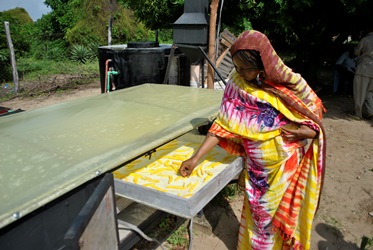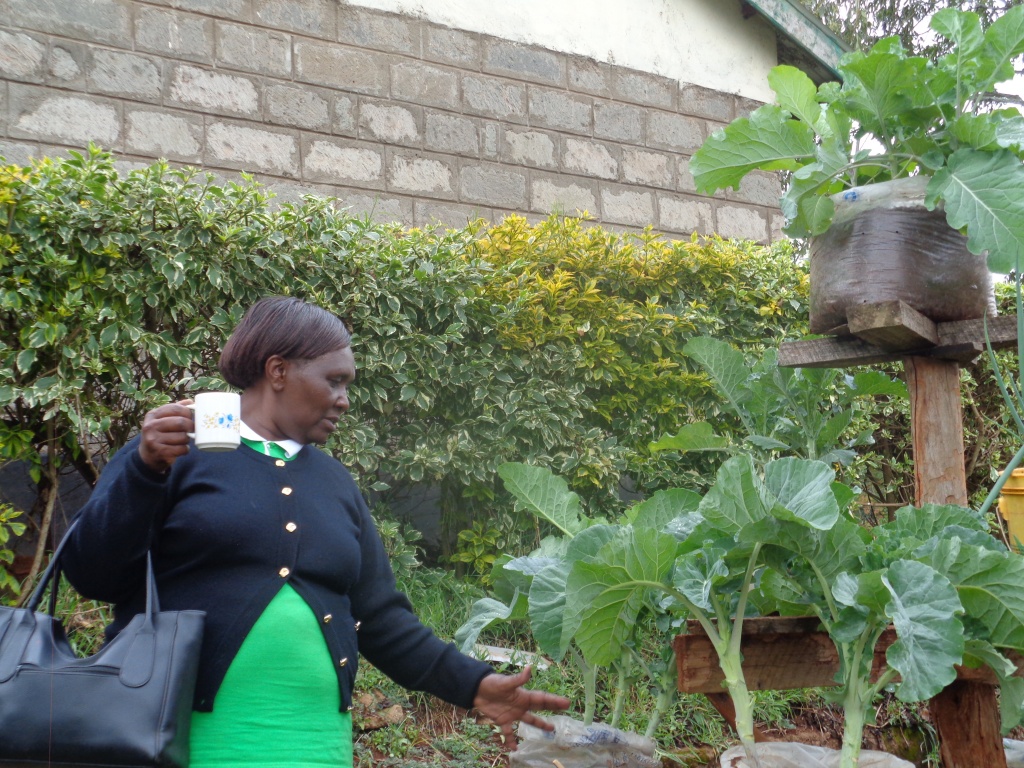
The Kenya Marine and Fisheries Institute (KEMFRI) has come up with a drier machine using wind and solar power to remove excess moisture from farm products to reduce post harvest looses.
The United Nation’s agency Food and Agricultural Organmisation says more than 40 per cent of the global farm produce goes to waste. The waste starts from the farm up to the table of the consumer.
The hybrid drier is powered by the energy harnessed from the fan-like turbine erected on a wind obstruction free area. It can also be powered by solar, which is harnessed directly from panels or indirectly heated piped water.
The heat from the piped water moves to the holding area to drive off moisture from the products. In the case of the direct power from the solar or wind, it heats up metal rods that are in the holding area to release the energy required to drive the moisture out of the products.
READ ALSO: Fruits drying raises Kenyan farmers' earnings by 10 times
READ ALSO: Solar powered mini silos tames grain loss
READ ALSO: Solar pump helps farmer rear fish away from the river
Technologist Raymond Rawa said farmers in the coast region are already using the machine for drying various products including fish, mangoes, all types of grains, vegetables, among others.
Harvests such as maize, beans, and wheat, are prone to aflatoxim poison if they are not dried to the recommended moisture content.
Fish, fruits and vegetables go bad in less than a week after harvesting if they are not consumed or stored in refrigerators and deep freezers.
“Solar and wind are available for more than 300 days per year in Kenya. And by any chance if there is no sun, the wind fan moves to generate the energy required to heat the metal rods of the machine for the moisture expulsion process,” Ruma said.
The turbine rotates to generate energy, which is stored in a battery before being channeled into the heating chamber.
The solar power is used in two ways, the technologist said.
The direct heat from the sun is harnessed by the panels then into a battery before being released slowly into to heat the metal rods in the drying chamber.
The second way is the sun heating solar panels and the released energy increases the temperature of the piped water in the system in a cycle to the drying chamber to drive the moisture out.
The driers are customised to meet the needs of the farmers. For the smallholders, the small drier costs between Sh150,000 and S180,000.
It dries between 20kg to 30kg in six hours; the variation in the amount depends on the type of the harvest being dried. The big or communal one costs about Sh1.8 million. This one dries about 200kg in six hours.
The wind turbine generates at least 900watts per hour and it is three phase.
Average heat output collector is 24kwhrs.
Mangos are being chopped into slices before dying and packaging for crisps, while others are ground into power for export.
Write comment (0 Comments)
















